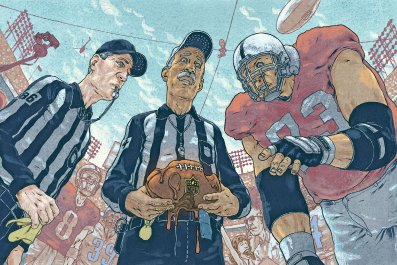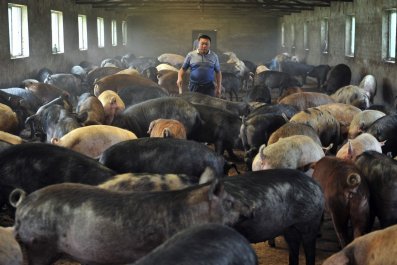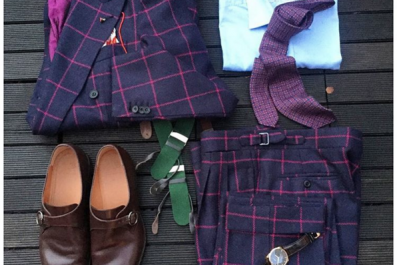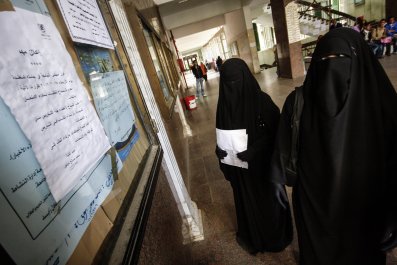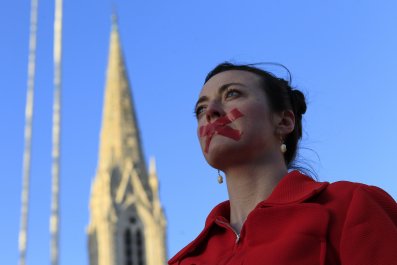"Nothing tastes as good as skinny feels," supermodel Kate Moss once told a reporter when asked if she had any mottoes she lived by. Her waifish figure marked the start of "heroin chic," fronted by runway models so impossibly thin you wanted to check them into rehab with a couple of sandwiches.
This beauty ideal became de rigueur in the industry; the average runway model has a body mass index (BMI) of 16, which the World Health Organization classifies as severely thin. And for the average young woman, living up to that sort of expectation is enough to send her into an emotional tailspin and a lifetime battle against her bulge. "The fashion industry has long been criticized for promoting unrealistic and patently unhealthy standards of thinness for girls and women," says S. Bryn Austin, a professor of social and behavioral sciences at the Harvard T.H. Chan School of Public Health. "We do know from years of psychology and public health research that shame and body dissatisfaction lead to weight gain."
But, Austin says, we also tend to forget about the plight endured by the models who grace the glossy pages in size zero frocks with a price-tag bigger than the monthly food budget for a family of four. Because most women have curves, the fashion industry tends to employ girls who have barely gone through puberty. Austin says most then suffer "coerced starvation," in an effort to remain employed as living "clothes hangers."
And the idea that models have fast metabolisms is mostly a cruel myth. "There are stories about these young girls who are eating tissues to try to take up space in their stomachs and quell stomach pains," says Austin, who recently published an editorial in the American Journal of Public Health calling for the U.S. fashion industry to enforce regulations that would make it illegal to employ runway models with a BMI of less than 18.
In December, lawmakers in France passed a reform bill that places this BMI restriction on its fashion industry. The law also requires a model show up to work with a doctor's note that certifies she is in good health. Additionally, French magazines must print disclaimers on fashion spreads with retouched photos that make the model appear skinnier than she actually is. Companies and modeling agencies that don't comply with these laws can be fined more than $80,000. Spain, Italy and Israel have similar laws in place.
But in the U.S., where the average adult woman is a size 14 and has a BMI of 26.5—medically overweight, according to the Centers for Disease Control and Prevention—child labor laws are an afterthought. Vodka soda and tissues, anyone?








